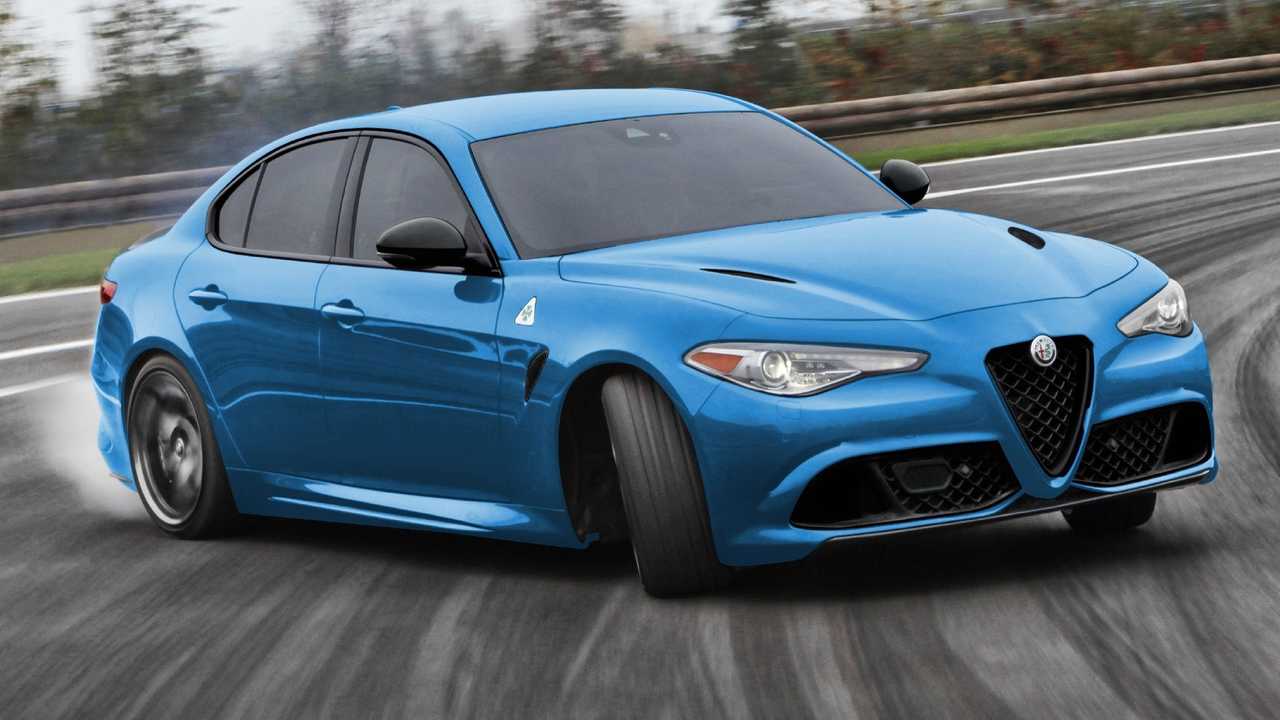To symbolically bring Autodelta back into the very heart of Motorsport is undoubtedly the best tribute that Alfa Romeo could have paid to celebrate its 60th anniversary. As a milestone in the brand’s racing history, Autodelta has been the official Alfa Romeo Racing Department, writing memorable chapters in the brand’s motorsport history since 1963, marked by unforgettable cars, memorable victories and glorious drivers.
On this occasion, Alfa Romeo has created a celebratory logo that will be placed on the stunning livery of the C43 single seater of the Alfa Romeo F1 team. The logo will be on display at the first Grand Prix of the F1 World Championship in Bahrain.
Designed by the Centro Stile Alfa Romeo, the celebratory logo reinterprets historical ideals in a modern key, projecting them into the future of the brand, the latter of which aims to reinvent sportiness in the 21st century.
The Autodelta logo is a stylistic feature that must be preserved, and that is why its original look and colours were faithfully preserved. The new celebratory version presents, indeed, few changes, with the ever-present Italian flag to express its proud Italian character. The addition of the anniversary date underlines the longevity of the brand. Despite the passing of many years, this symbol of sportiness remains etched in the mind of motorsport enthusiasts.
Two years ago, the Autodelta logo was brought back into the limelight by Alfa Romeo thanks to the Giulia GTA project.
The Giulia GTA is considered Alfa Romeo’s finest expression in terms of performance, style, mechanics and driving pleasure. It was presented at the old Officine Autodelta, in the Centro Sperimentale Alfa Romeo, where the Giulia Sprint GTA, one of the most successful cars in the brand’s history, was created in the 1960s. When designing the modern Giulia GTA, Alfa Romeo made use of the technical know-how derived from Formula 1 thanks to the collaboration with Sauber Engineering.
Cristiano Fiorio, Alfa Romeo F1 Manager: “The first race of the championship always feels special, all teams start from a blank sheet of paper, and the thrilling history of the championship is still to be written. For Alfa Romeo, to symbolically bring the Autodelta to the track, represents a strong celebratory tribute to an extraordinary chapter in Alfa Romeo motorsport. The level of concentration is at its highest, and from the traffic lights switching on in Bahrain to the last corner of the last Grand Prix, Alfa Romeo will give it all to achieve the ambitious goals of the season”.
Celebration of the Autodelta 60th anniversary at the Arese Museum
On Sunday, March 5, on the exact day of its 60th anniversary, Alfa Romeo will pay tribute to Autodelta in an event that features former team members, drivers, designers, and fans. The event, organized by the Arese Museum, opens at 2:30 p.m. with a parade of Alfa Romeo cars from different times on the indoor track. This will be followed by a Backstage conference that will trace the history of the legendary racing department through the words of its protagonists.
Autodelta: Alfa Romeo’s legendary Racing Department
On March 5, 1963, Carlo Chiti and the Chizzola brothers founded a small company based in Feletto Umberto, near Udine, with the aim of collaborating with Alfa Romeo in the construction of the Giulia TZ, a compact gran turismo designed by Zagato, built on the Giulia’s engine and mechanics and equipped with an exclusive tubular chassis, hence the acronym Tubolare Zagato. This marked the beginning of one of the most beautiful chapters in international motorsport, so much so that the company soon will became Alfa Romeo’s Racing Department. As a matter of fact, in 1965, it was bought by Biscione with the aim of running the official comeback to competitions, after its withdrawal from the F1 World Championship in 1951, when it won its second title with ‘Alfetta’.
For this reason, the car manufacturing company decided to create an ad hoc racing organization, physically detached from the production facility and with sufficient discretion in making technical and sporting decisions quickly. The General Manager of the new industrial and sports reality was the charismatic engineer Carlo Chiti, who relocates Autodelta in some anonymous warehouses in Settimo Milanese, not far from Arese. This is where some of the most famous Alfa Romeo racing cars would come to life, including the legendary 1965 Giulia Sprint GTA, which won three consecutive “Challenge Europeo Marche,” dozens of national championships and hundreds of individual races all over the world. Fun fact: Giulia Sprint GTA was the first touring car to race at the Nurburgring’s Nordschleife under 10 minutes.
In 1967 Alfa Romeo decided to take the big step into the “prototype” category, the major international stage of motor racing at the time, with the “33/2-liter” model winning its first trophy when it made its debut in Fléron, Belgium. The following year Autodelta’s prototype cars won the category victory at the 24 hours of Daytona, the 1000 km of Nurburgring, the 500 km of Imola and the 24 hours of Le Mans. The “33 TT 12” of 1975 (probably the most successful year for Autodelta) was also remarkable. The model made Autodelta won the World Championship of Marche, repeating the victory two years later with the “33 SC 12”.
After that, Autodelta took over the management of all Alfa Romeo’s sports programs, from the Alfasud trophy to Formula 1. In 1984 Carlo Chiti left the company, and the following year Autodelta was dismissed. To conclude, it should be remembered that Autodelta was also a formidable training ground for many Italian drivers, including Andrea De Adamich, Arturo Merzario, Andrea De Cesaris, Bruno Giacomelli, Giorgio Francia, just to name a few, and just as many foreign champions: from Jochen Rindt to Jacky Ickx, from Jean Pierre Jarier to Mario Andretti.
























Leave a Reply